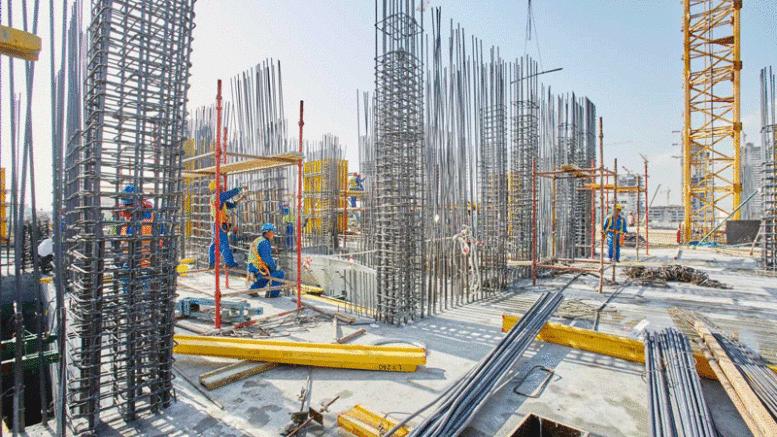ConDig (01-Apr–21). Construction spending in the US edged down 0.8% month-on-month in February to a seasonally adjusted annual rate $1.52 trillion compared with $1.53 trillion the month prior amid a blast of severe winter weather and inflation concerns, according to latest figures from the Commerce Department.
The overall total was, however, 5.3% higher than in February last year, but the year-over-year gain was limited to residential construction. That segment slipped 0.2% for the month but jumped 21% higher compared with a year ago, while combined private and public nonresidential spending dipped 1.3% from January and 6.1% for the year.
Officials from the Associated General Contractors of America warned that rising materials prices and unreliable delivery schedules are making it hard for firms to remain profitable as they have difficulty passing raising prices for construction work.
They said that proposed new infrastructure projects will help boost demand for many types of construction projects. But urged Washington officials to also take steps to address supply-chain challenges, including by ending tariffs on key materials like lumber and steel.
“Contractors are having a hard time finding work, and when they do, they are getting squeezed by rapidly rising materials prices,” said Stephen E. Sandherr, the AGC’s chief executive officer. “New infrastructure investments will certainly help with demand, but the industry also needs Washington to help address supply-chain problems and rising costs.”
Private nonresidential construction spending fell 1% from January to February and 9.7% since February 2020, with year-over-year decreases in all 11 subsegments.
The largest private nonresidential category, power construction, fell 9.7% on the same comparison last year and 0.4% from January to February.
Public construction spending edged down 0.9% compared with last year and 1.7% for the month. Among the largest segments, highway and street construction fell 1% from a year earlier and 0.6% for the month.
